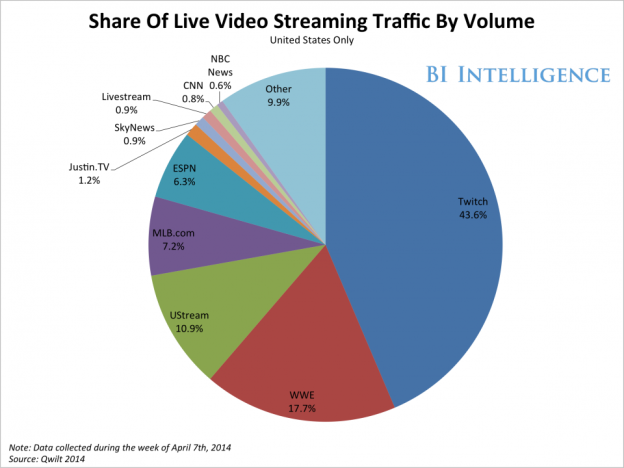“There’s nothing more boring than watching someone else play an RPG.” – Kazuto Kirigaya (SAO)
Apparently the main protagonist of popular anime Sword Art Online has never heard of Twitch.tv and the fact that it was purchased by Amazon for $970 Million.
Last time I covered YouTube’s part in making video games more viewer friendly in the form of fan created content and eventually Let’s Plays. In the middle I briefly mentioned why Let’s Plays are so successful both in terms of production and fan consumption. They provide the viewer an experience. The ability to watch someone else play and react to a game at a fixed point in time. If it’s boring then the viewer can just click away, but if something scary or funny happens then the viewer is hooked. What if instead of a video, the viewers were watching a live broadcast?

Enter Twitch.tv “The worlds leading video platform and community for gamers.” Their words not mine. What Twitch allows for is a longer, more community driven experience that happens in real time. YouTube does not allow for a community driven environment because interaction is call and response. Video and comment. Twitch provides a live broadcast with a live chatbox where viewers can communicate with each other and the person streaming. They can have conversations, ask questions, and post emotes exclusive to the site like Kappa, PogChamp, and FrankerZ.
Another one of Twitch’s strengths is authenticity. A YouTube video is edited down and can be scripted or forced. You can play up your reactions for more views. Twitch is live and most streams last for hours. Full-time streamer Lobosjr said in an interview “I’m much more vulgar on stream but when it comes down to it, that’s pretty much who I am in real life, minus the obscenities.”
Twitch’s biggest asset however is also its greatest weakness. If something isn’t happening then people will click away. If a streamer takes a bathroom break or leaves to get food from their kitchen then hundreds of people click away. To avoid this problem charity livestreams like the bi-annual Zeldathon rotate out their streamers constantly so a game is always being played and something is always happening on camera.
Recently YouTube has developed its own gaming platform not-so-cleverly-named YouTube Gaming. It functions similarly to Twitch, but with the option to save the broadcast directly to your YouTube channel. It also functions as a mobile app allowing for people to stream games from their phone. A few years ago this would have been innovative and certainly would have driven traffic to the platform, but with so many communities developed around Twitch it looks like YouTube Gaming will have to settle for second best.
Did you miss the first part of this multi-form post? Read it here!
Video Games from Playing to Watching Part 1: YouTube’s Gaming Debut

What do you think about the idea of streaming to multiple platforms like Twitch, Youtube and Ustream via restream.io? Would it be a good idea to reach more people?
LikeLike
People have certainly done it before. I know that MFPallytime and The Squadron did it, at least for a while. If your machine can handle it and manage both chats effectively then I don’t see a reason not to do it.
LikeLike
Good to know you buy this concept. I don’t think it adds extra burden to the machine but it’s just one stream to restream.io, which will handle the extra bandwidth distributing the streams to multiple platforms. I know they have a new chat product now that aggregates all chats across 2 platforms for users too.
LikeLike